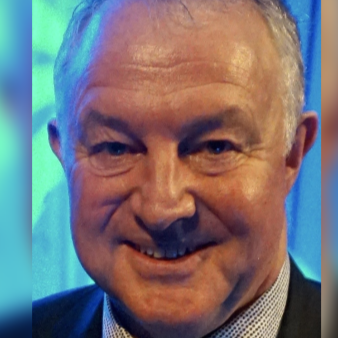From February it will add about 220,000 seats to its international network over 12 months, compared to its current schedule.
This is made possible by the launch of its new Brisbane – Palau route, the return of two Airbus A380s after maintenance and cabin modifications, as well as the arrival of more next-generation A220 aircraft for QantasLink.
The changes will see Qantas boost capacity to the US by 13%, offering 30% more premium seats for customers on long-haul flights with the return of more A380s to the network from next August.
QantasLink’s new A220 aircraft will make its debut on the international network when the airline commences flying between Darwin and Singapore in March.
Originally due to launch with the Embraer E190, the larger 137-seat A220 will operate five times per week, offering more than 70,000 seats annually.
With almost double the range of the 717s, the A220 can fly between any two points in Australia and opens opportunities for new short-haul international routes, such as Darwin-Singapore. The aircraft is currently operating on domestic and regional routes.
Qantas group international CEO, Cam Wallace said as part of a fleet renewal programme, these changes were about having the right aircraft on the right route and responding to growing customer demand.
“One of the benefits of our dual brand strategy is the flexibility we have with our combined Qantas and Jetstar fleets,’' the former Air NZ executive said.
“Qantas launched flights to Seoul after the pandemic, and now that demand has normalised, it’s grown substantially as a leisure market, opening up a great opportunity for Jetstar to increase its frequencies and allow Qantas to redeploy its aircraft to other routes where we are seeing strong demand.’'
Grant Bradley has been working at the Herald since 1993. He is the Business Herald’s deputy editor and covers aviation and tourism
